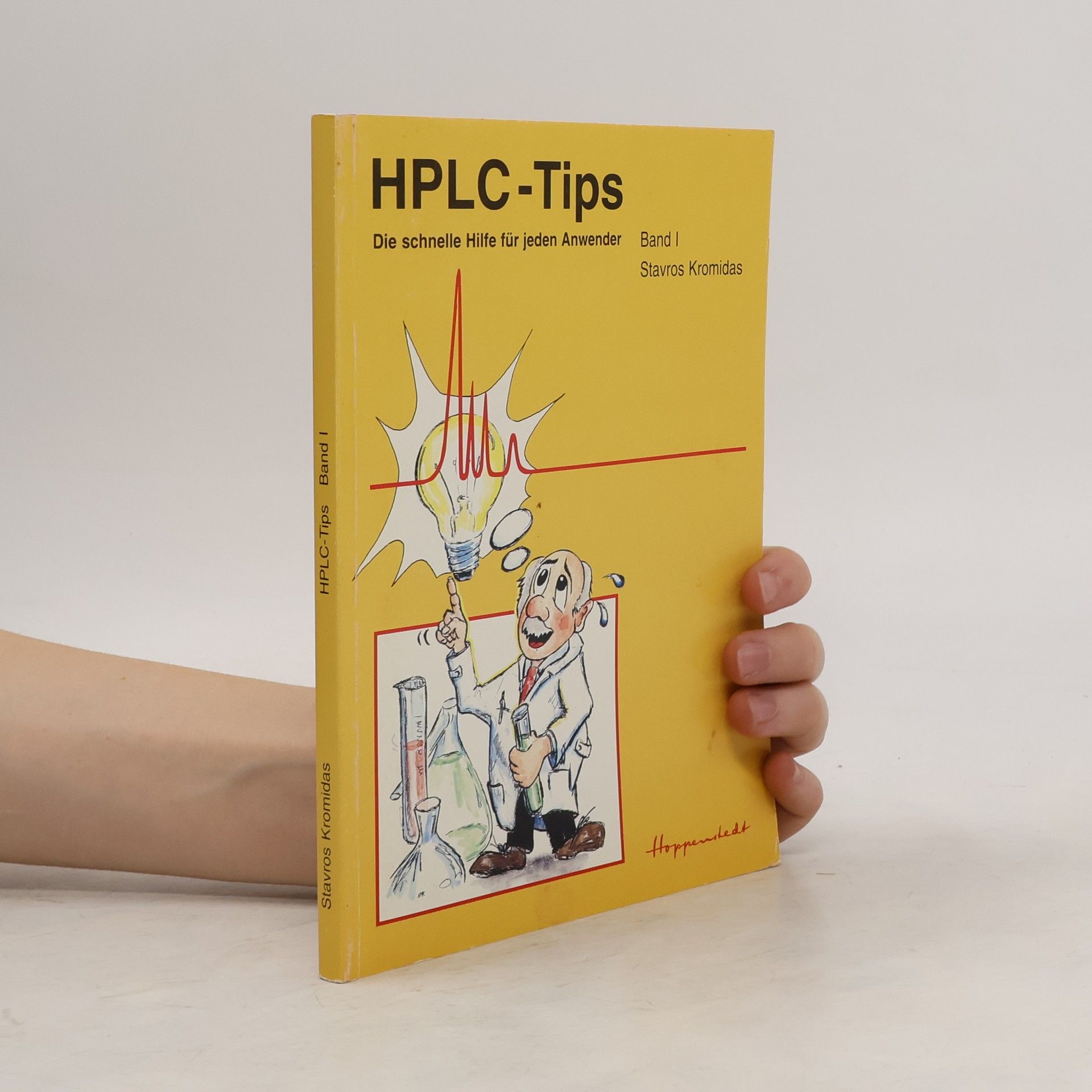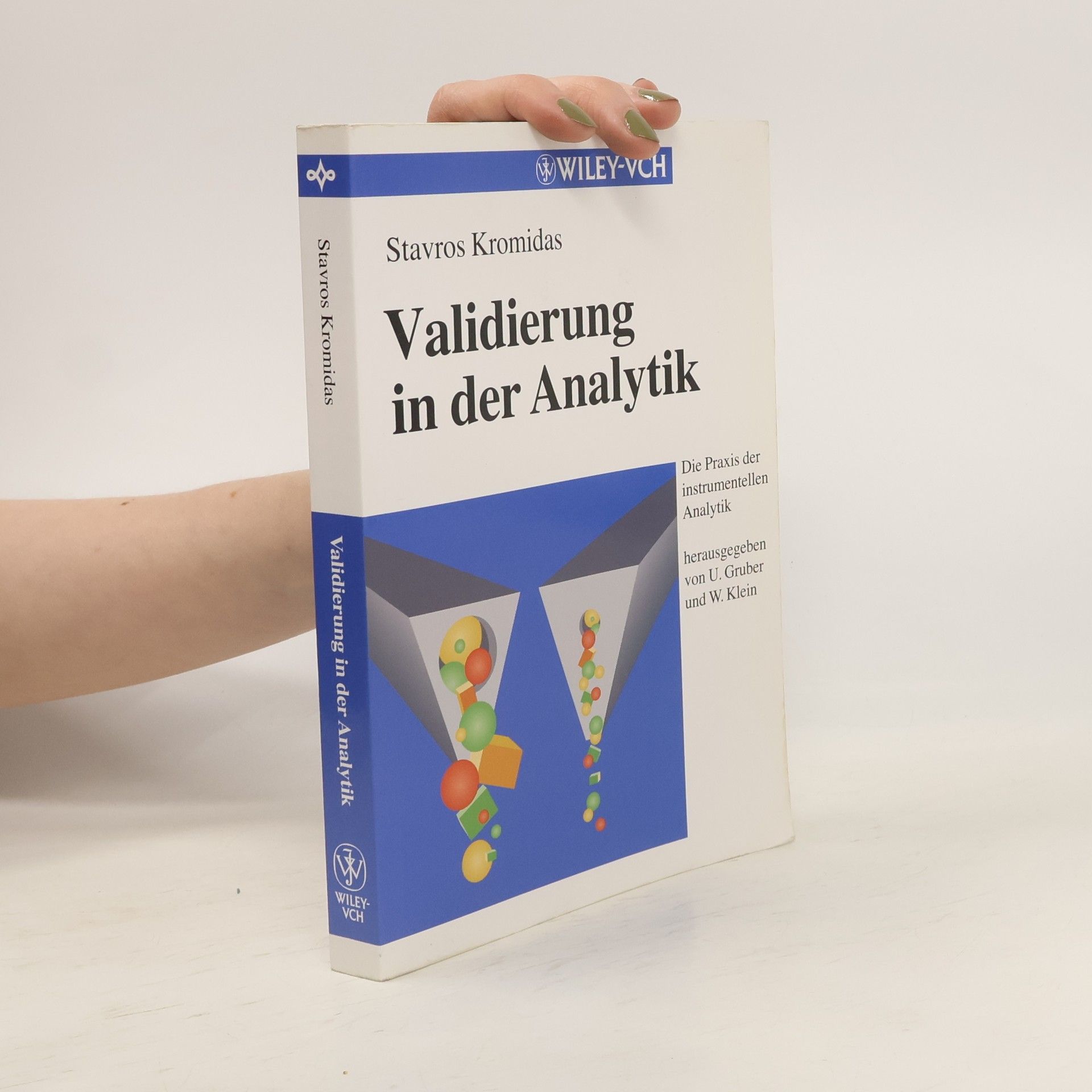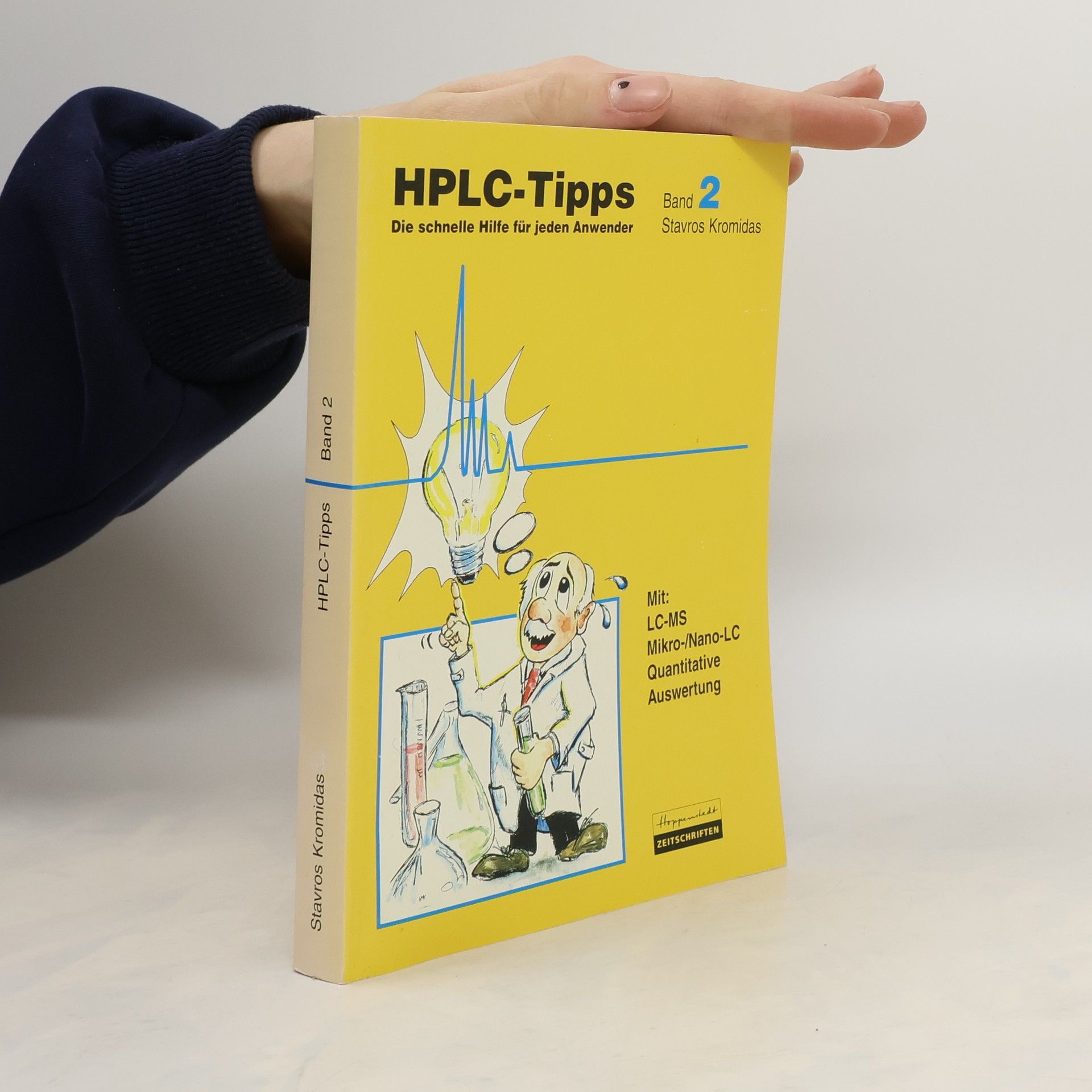Stavros Kromidas Livres




Die Validierung von Methoden und Geräten ist eine elementare Aufgabe in jedem analytischen Labor. Erstmals liegt mit diesem Band der Reihe eine praktische Einführung für den Anwender vor. In didaktisch bewährter Form werden die einzelnen Validierungsparameter ausführlich erklärt, kommentiert und ihre Verknüpfung erläutert. Der Leser wird sukzessiv durch die Validierungsschritte geführt, von der Fragestellung bis zur Bewertung der Ergebnisse und Plausibilitätsbetrachtung. Er erhält konkrete Hilfestellung in Form von Fallbeispielen, Checklisten und Diagrammen sowie durch Antworten auf typische Fragen und Hinweise zur Vermeidung typischer Fehler. Ergänzend dazu enthält das Buch ein Glossar und einen Anhang mit nützlichen weiterführenden Informationen. Es ist der Begleiter für alle Anwender, die validieren müssen. Aus Rezensionen bereits erschienener Bände: 'Das sehr empfehlenswerte Werk ist didaktisch geschickt formuliert und illustriert [.]. Es setzt die bewährte Reihe zur Praxis der instrumentellen Analytik fort und sollte in keiner einschlägigen Fachbibliothek fehlen.' (Die Pharmazeutische Industrie) 'Besonders lehrreich für den Anfänger ist die Vielzahl von praktischen Beispielen' (Die Nahrung)